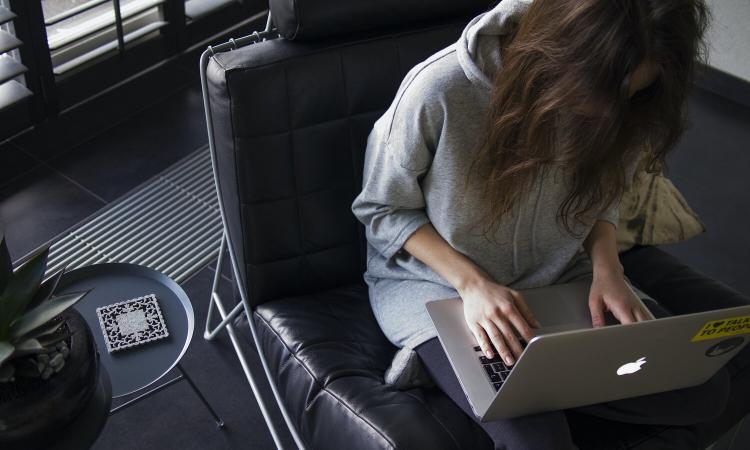At a time when the remote working population was already on the rise, COVID-19 has forced even the most adamant in-house teams to adopt a telework-flow.
The coronavirus pandemic has teams out of the office for now - but will the transition to working from home last? This has been a pressing question on the industry’s mind as everyone is wondering how the global telework orders will impact CRE’s office sector down the line.
Does this sudden shift mean that office space demand is set to decline? And, if so, what trends are on the forecast for the office arena?
NAI Global takes a deeper look at how leasing demand and the physical workspaces are set to be impacted by the COVID stay-at-home protocols.
Making Due with the Cards Being Dealt
Due to the constantly changing situation, no one really knows for sure when we’ll be able to head back into the office. Two weeks turned to three, and now we’re suddenly looking at months until the world is officially back to business.
While the scope of the issue is out of our hands, teams are making the best out of the telework transition, pulling every last trick out of their sleeves to make it work. Hoping to prepare for whatever may come, businesses are adopting a long-term approach to restructure workflows - pivoting according to every new update and using tech to pull it all off.
Adaptability and flexibility are key attributes needed for OOO businesses to stay afloat during these tough times.
Blending Telework and In-House Business
Even after COVID subsides, the benefits of the telework trend won’t be soon forgotten.
That doesn’t necessarily mean that no one will be in the office, but it may breed more flexibility. As of now, businesses use their space as a model for their growth. After all, the office needs to be able to comfortably house the entire team - making company expansion proportional to square footage.
But, now that companies have seen how easy it is to have remote workers, we might see a total reconfiguration of job titles and position requirements. It’s likely that offices will keep specific team members in the office while also working with remote employees wherever applicable.
Not only does this expand possibilities, but it also pushes the industry into the nearby realities of globalization.
Considerations for Post-COVID Office Space
Office design trends have been breaking headlines for the past few years as everyone strives to create a seamless, stimulating, and success-driven work environment. The industry understands how office design can impact team morale, health and wellness, and productivity; and as of yet, these details have been driving workplace design progress.
However, as we emerge from COVID, office developers have some new considerations to make when designing the office space.
For example, the space between desks will increase, computer labs may be expanded, and the volume of team members per capita is set to reduce. These edits to workspaces may help companies prepare for any other unpredictable scenarios, limiting disruptions and mitigating future risks.
Don’t expect office leasing to take too hard of a hit after COVID. The reality is that many of us are eager to ‘get back to the old ways’, but companies will find unparalleled value in the teleworking model.
The industry will see a new merger between the two methods, building an innovative and strategic future for the office sector.

